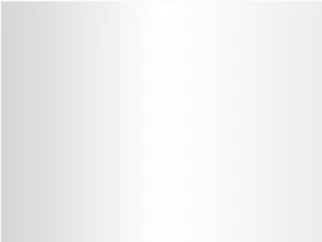我的客户希望此背景视图具有渐变效果。 背景渐变:rgb(118,118,118)|#ffffff | rgb(198,198,197)从左到右线性 我已尝试过这种方式,但它是纵向的,我想要横向的。
UIColor *leftColor = [UIColor colorWithRed:118.0/255.0 green:118.0/255.0 blue:118.0/255.0 alpha:1.0];
UIColor *middleColor = [UIColor colorWithRed:255.0/255.0 green:255.0/255.0 blue:255.0/255.0 alpha:1.0];
UIColor *rightColor = [UIColor colorWithRed:198.0/255.0 green:198.0/255.0 blue:197.0/255.0 alpha:1.0];
// Create the gradient
CAGradientLayer *theViewGradient = [CAGradientLayer layer];
theViewGradient.colors = [NSArray arrayWithObjects: (id)leftColor.CGColor, (id)middleColor.CGColor,(id)rightColor.CGColor, nil];
theViewGradient.frame = self.view.bounds;
//Add gradient to view
[self.view.layer insertSublayer:theViewGradient atIndex:0];
